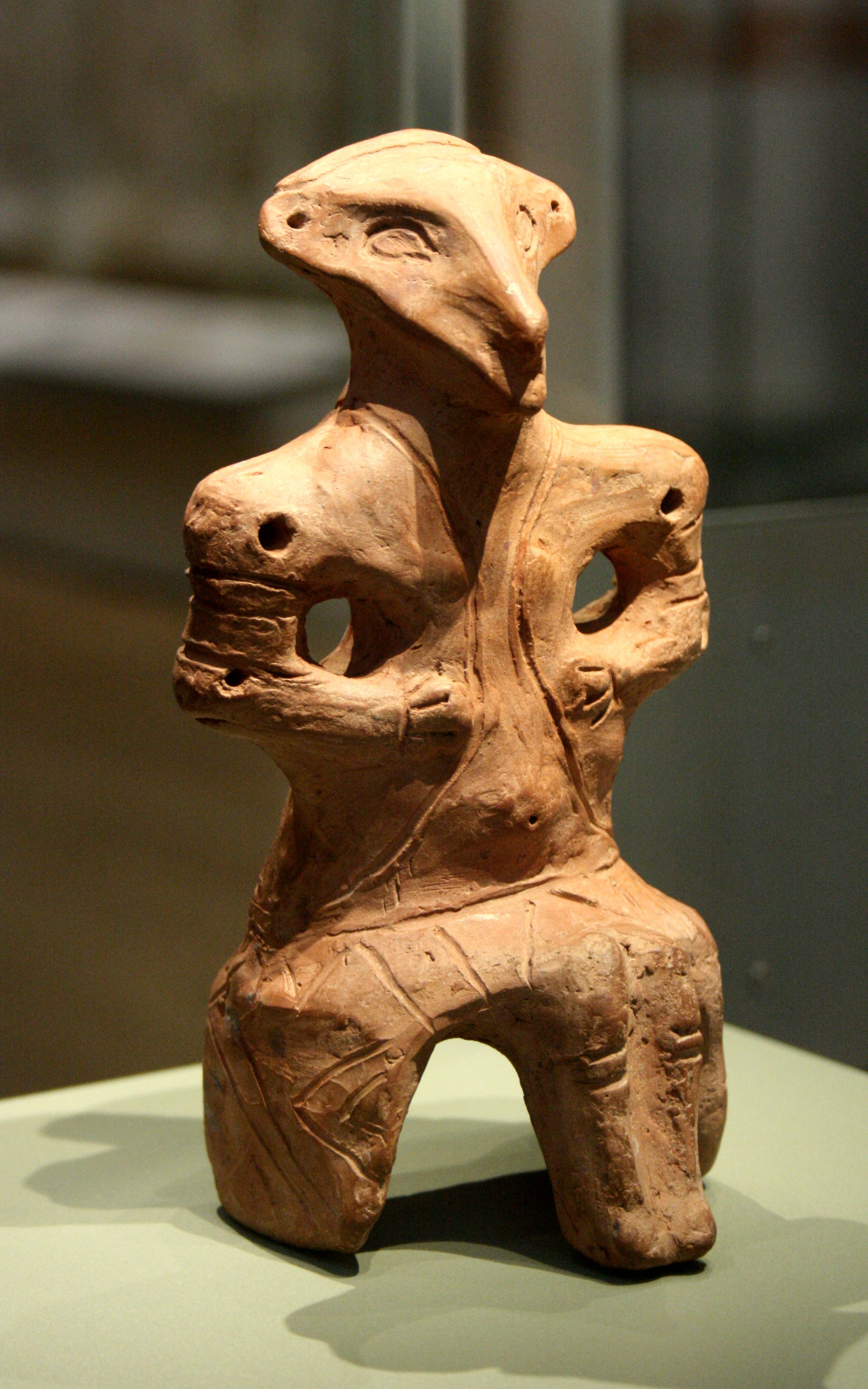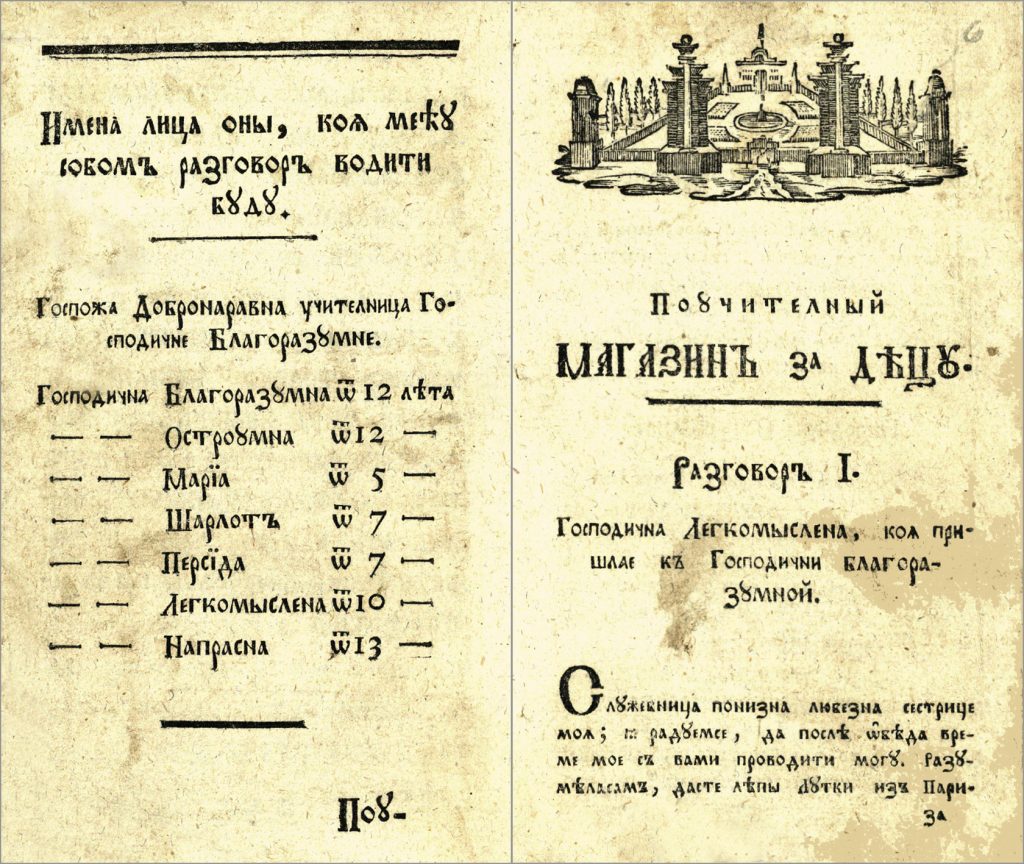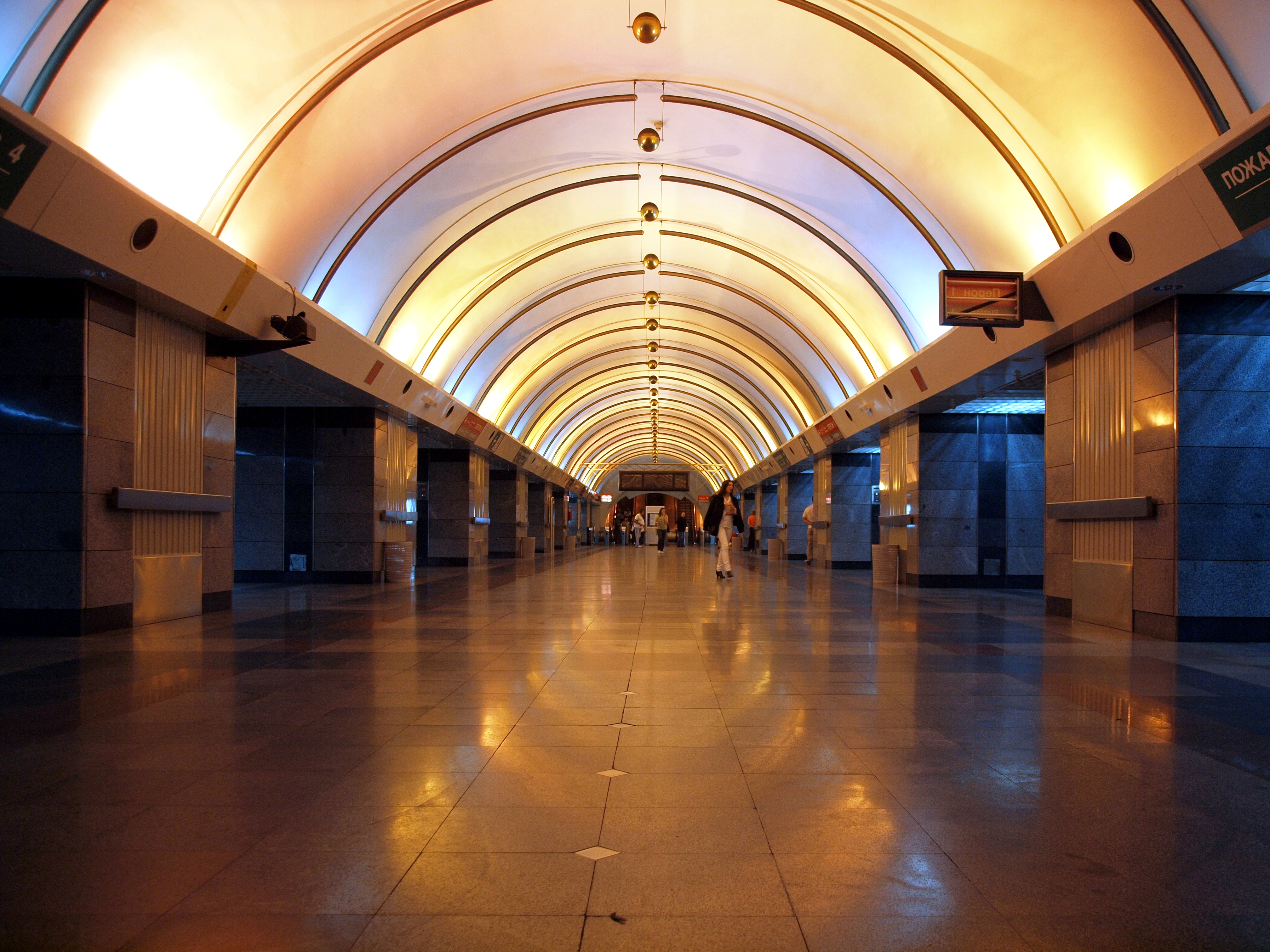|
Monument To Vuk Karadžić
Monument to Vuk Karadžić is a monument in Belgrade, Serbia, featuring a sculpture of Vuk Karadžić. The monument is located at the crossroad of Kralja Aleksandra Boulevard and Ruzveltova Street. The erection of the monument The idea for the erection of the monument was given by the Serbian Literary Society in 1920. The funds for the construction of this monument were collected for several years, through the donations. The monument was planned to be cast in bronze and set up on the granite pedestal, and the competition was supposed to be announced all over Yugoslavia.Documentation of the Cultural Heritage Protection Institute of the City of Belgrade. Not until 1932 was the sculpture cast in bronze and brought to Belgrade. The author was Đorđe Jovanović (sculptor), Đorđe Jovanović. By the first Official Decision from 1932, it was determined that the site in the centre of the park in front of the university (present Students' park), between the Monument to Dositej Obradov ... [...More Info...] [...Related Items...] OR: [Wikipedia] [Google] [Baidu] |
Belgrade
Belgrade is the Capital city, capital and List of cities in Serbia, largest city of Serbia. It is located at the confluence of the Sava and Danube rivers and at the crossroads of the Pannonian Basin, Pannonian Plain and the Balkan Peninsula. The population of the Belgrade metropolitan area is 1,685,563 according to the 2022 census. It is one of the Balkans#Urbanization, major cities of Southeast Europe and the List of cities and towns on the river Danube, third-most populous city on the river Danube. Belgrade is one of the List of oldest continuously inhabited cities, oldest continuously inhabited cities in Europe and the world. One of the most important prehistoric cultures of Europe, the Vinča culture, evolved within the Belgrade area in the 6th millennium BC. In antiquity, Thracians, Thraco-Dacians inhabited the region and, after 279 BC, Celts settled the city, naming it ''Singidunum, Singidūn''. It was Roman Serbia, conquered by the Romans under the reign of Augustus and ... [...More Info...] [...Related Items...] OR: [Wikipedia] [Google] [Baidu] |
Vuk Karadžić
Vuk Stefanović Karadžić ( sr-Cyrl, Вук Стефановић Караџић, ; 6 November 1787 (26 October OS)7 February 1864) was a Serbian philologist, anthropologist and linguist. He was one of the most important reformers of the modern Serbian language. For his collection and preservation of Serbian folktales, ''Encyclopædia Britannica'' labelled Karadžić "the father of Serbian folk-literature scholarship." He was also the author of the first Serbian dictionary in the new reformed language. In addition, he translated the New Testament into the reformed form of the Serbian spelling and language. He was well known abroad and familiar to Jacob Grimm, Johann Wolfgang von Goethe and historian Leopold von Ranke. Karadžić was the primary source for Ranke's ''Die serbische Revolution'' (" The Serbian Revolution"), written in 1829. Biography Early life Karadžić was born to Serbian parents Stefan and Jegda (née ''Zrnić'') in the village of Tršić, near Loznica, ... [...More Info...] [...Related Items...] OR: [Wikipedia] [Google] [Baidu] |
Bronze
Bronze is an alloy consisting primarily of copper, commonly with about 12–12.5% tin and often with the addition of other metals (including aluminium, manganese, nickel, or zinc) and sometimes non-metals (such as phosphorus) or metalloids (such as arsenic or silicon). These additions produce a range of alloys some of which are harder than copper alone or have other useful properties, such as strength, ductility, or machinability. The archaeological period during which bronze was the hardest metal in widespread use is known as the Bronze Age. The beginning of the Bronze Age in western Eurasia is conventionally dated to the mid-4th millennium BCE (~3500 BCE), and to the early 2nd millennium BCE in China; elsewhere it gradually spread across regions. The Bronze Age was followed by the Iron Age, which started about 1300 BCE and reaching most of Eurasia by about 500 BCE, although bronze continued to be much more widely used than it is in modern times. Because historica ... [...More Info...] [...Related Items...] OR: [Wikipedia] [Google] [Baidu] |
Granite
Granite ( ) is a coarse-grained (phanerite, phaneritic) intrusive rock, intrusive igneous rock composed mostly of quartz, alkali feldspar, and plagioclase. It forms from magma with a high content of silica and alkali metal oxides that slowly cools and solidifies underground. It is common in the continental crust of Earth, where it is found in igneous intrusions. These range in size from dike (geology), dikes only a few centimeters across to batholiths exposed over hundreds of square kilometers. Granite is typical of a larger family of ''granitic rocks'', or ''granitoids'', that are composed mostly of coarse-grained quartz and feldspars in varying proportions. These rocks are classified by the relative percentages of quartz, alkali feldspar, and plagioclase (the QAPF diagram, QAPF classification), with true granite representing granitic rocks rich in quartz and alkali feldspar. Most granitic rocks also contain mica or amphibole minerals, though a few (known as leucogranites) conta ... [...More Info...] [...Related Items...] OR: [Wikipedia] [Google] [Baidu] |
Pedestal
A pedestal or plinth is a support at the bottom of a statue, vase, column, or certain altars. Smaller pedestals, especially if round in shape, may be called socles. In civil engineering, it is also called ''basement''. The minimum height of the plinth is usually kept as 45 cm (for buildings). It transmits loads from superstructure to the substructure and acts as the retaining wall for the filling inside the plinth or raised floor. In sculpting, the terms base, plinth, and pedestal are defined according to their subtle differences. A base is defined as a large mass that supports the sculpture from below. A plinth is defined as a flat and planar support which separates the sculpture from the environment. A pedestal, on the other hand, is defined as a shaft-like form that raises the sculpture and separates it from the base. An elevated pedestal or plinth that bears a statue, and which is raised from the substructure supporting it (typically roofs or corniches), is some ... [...More Info...] [...Related Items...] OR: [Wikipedia] [Google] [Baidu] |
Yugoslavia
, common_name = Yugoslavia , life_span = 1918–19921941–1945: World War II in Yugoslavia#Axis invasion and dismemberment of Yugoslavia, Axis occupation , p1 = Kingdom of SerbiaSerbia , flag_p1 = State Flag of Serbia (1882-1918).svg , p2 = Kingdom of MontenegroMontenegro , flag_p2 = Flag of the Kingdom of Montenegro.svg , p3 = State of Slovenes, Croats and Serbs , flag_p3 = Flag of the State of Slovenes, Croats and Serbs.svg , p4 = Austria-Hungary , flag_p4 = Flag of Austria-Hungary (1867-1918).svg , p7 = Free State of FiumeFiume , flag_p7 = Flag of the Free State of Fiume.svg , s1 = Croatia , flag_s1 = Flag of Croatia (1990).svg , s2 = Slovenia , flag_s2 = Flag of Slovenia.svg , s3 ... [...More Info...] [...Related Items...] OR: [Wikipedia] [Google] [Baidu] |
Đorđe Jovanović (sculptor)
Đorđe Jovanović (21 January 1861 – 26 March 1953) was a Serbian sculptor and a full member of the Serbian Academy of Sciences and Arts. Biography Jovanović was born in Novi Sad, where he spent the first three years of his life. Then, his family moved to Požarevac. He studied at Kragujevac, where he obtained his ''baccalauréat'' from ''Grandes écoles'' in 1882. In 1884, he obtained a state grant to pursue his post-graduate studies at the Academy of Fine Arts in Vienna, where he started studying painting and sculpture. He also studied at the Academy of Fine Arts in Munich. After completing his studies in 1887, he lived between Munich, Paris, and Belgrade. In Paris, he improved his art with Henri Chapu and Jean Antoine Injalbert. In 1889, at the World Exhibition in Paris, he won a prize for the "Gusle" and then, in 1900, at the World Exhibition in Paris, he won the first award for the "Kosovo Monument". Jovanović was very prolific, and many of his works can be s ... [...More Info...] [...Related Items...] OR: [Wikipedia] [Google] [Baidu] |
Monument To Dositej Obradović
The monument to Dositej Obradović is located in the Academy Park, Belgrade, Serbia. Obradović was Serbian writer, educator and the reformer from the revolutionary period of the national awakening and rebirth. Also in the park are monuments of the prominent Serbian scientists Josif Pančić and Jovan Cvijić, near Belgrade University. Design and construction The monument was built as a result of the initiative of the Serbian Literary Cooperative and Јоvan Skerlić, an admirer of Obradović. After some preliminary discussions for the monument, formal plans were made to construct the monument for the 100 year anniversary of Obradović's death in 1911. The Committee for the Celebration was formed, led by Stojan Novaković and Jovan Skerlić, to plan for a series of festivities and the construction of the monument. The project was supported by the Municipality of Belgrade that provided funding and conducted a competition for Yugoslav artists to design the monument of a full-siz ... [...More Info...] [...Related Items...] OR: [Wikipedia] [Google] [Baidu] |
Monument To Josif Pančić
Monument to Josif Pančić was erected in Belgrade in the memory of Јоsif Pančić (1814–1888), a Serbian doctor, scientist, botanist and the first president of Serbian Royal Academy. The monument is located in the Academy Park and has the status of the cultural monument. The monument was erected in 1897, as the work of the sculptor Đorđe Jovanović, one of the first local educated sculptors. History of the erection of the monument Shortly after the death of the distinguished scientist Josif Pančić in 1888, the Ministry of Education hired the academic sculptor Đorđe Jovanović, to make the sculpture. Until spring in 1891, Pančić's sculpture was designed and cast. However, when the Ministry of Education was supposed to take over the sculpture of Josif Pančić, they started to stall and protest. The Artistic Department of the Serbian Academy of Science and Arts gave negative opinion about the monument, considering that the „sculpture had no artistic values at all ... [...More Info...] [...Related Items...] OR: [Wikipedia] [Google] [Baidu] |
Vukov Spomenik Railway Station
Vukov Spomenik railway station (, ) is an underground rail station in Belgrade, the capital of Serbia. Located in the urban neighborhood Vukov Spomenik, in the municipality Zvezdara, the railway continues to Karađorđe's Park railway station in one direction and the Pančevo Bridge station in the other direction. Vukov Spomenik railway station consists of 2 railway tracks. It has been described as "one of the most beautiful railway objects, built in the worst period of the state". History Construction began in 1989, during the existence of the Socialist Federative Republic of Yugoslavia and more-or-less stable situation. However, major works were conducted in the 1990s, during the international embargo imposed on the succeeding Federal Republic of Yugoslavia. According to the mayor of Belgrade during the construction, Slobodanka Gruden, one of the financiers was a would-be banker Dafina Milanović, head of one of the largest pyramid schemes in Serbia. As a counter servic ... [...More Info...] [...Related Items...] OR: [Wikipedia] [Google] [Baidu] |
Vukov Spomenik
Vukov Spomenik or colloquially Vuk ( sr-cyr, Вуков Споменик; ) is an List of Belgrade neighborhoods, urban neighborhood of Belgrade, the capital of Serbia. It is located on the tripoint of Belgrade's municipalities of Zvezdara, Palilula (Belgrade), Palilula and Vračar, and served by the underground Vukov Spomenik railway station. Location Vukov Spomenik is located on the crossroad of the Bulevar kralja Aleksandra and ''Ruzveltova'' street, in the valley between the north-eastern slopes of the Vračar and western slopes of the Zvezdara hills. It borders the neighborhoods of Tašmajdan on the west and Palulula and Hadžipopovac on the north (in Palilula municipality), Slavujev Venac on the north-east and Đeram on the north (in Zvezdara municipality) and Krunski Venac and Kalenić, Belgrade, Kalenić in the south. History Below the modern monument and railway station, there is an underground water well, sort of a "twin" of the better known Belgrade_Fortress#Roman ... [...More Info...] [...Related Items...] OR: [Wikipedia] [Google] [Baidu] |
Serbian People
The Serbs ( sr-Cyr, Срби, Srbi, ) are a South Slavic ethnic group native to Southeastern Europe who share a common Serbian ancestry, culture, history, and language. They primarily live in Serbia, Kosovo, Bosnia and Herzegovina, Croatia, Montenegro as well as in North Macedonia, Slovenia, Germany and Austria. They also constitute a significant diaspora with several communities across Europe, the Americas and Oceania. The Serbs share many cultural traits with the rest of the peoples of Southeast Europe. They are predominantly Eastern Orthodox Christians by religion. The Serbian language (a standardized version of Serbo-Croatian) is official in Serbia, co-official in Kosovo and Bosnia and Herzegovina, and is spoken by the plurality in Montenegro. Ethnology The identity of Serbs is rooted in Eastern Orthodoxy and traditions. In the 19th century, the Serbian national identity was manifested, with awareness of history and tradition, medieval heritage, cultural unity, de ... [...More Info...] [...Related Items...] OR: [Wikipedia] [Google] [Baidu] |




